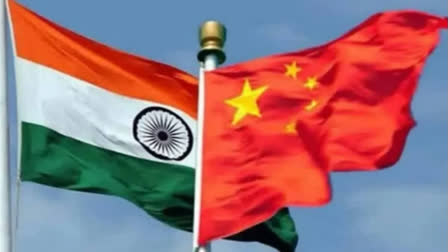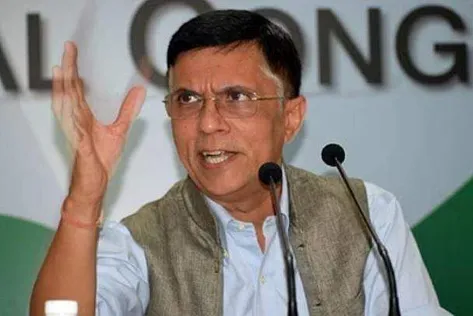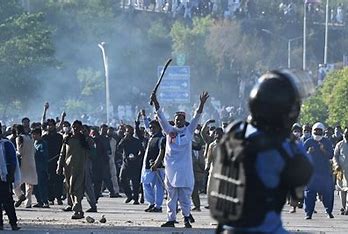
The Narendra Modi government has successfully negotiated with the Xi Jinping administration to restore India’s patrolling rights in the Depsang Bulge area and at CNN Junction in Demchok. This agreement comes after over four years of discussions, including 17 rounds of meetings through the Working Mechanism for Consultation and Coordination (WMCC) on border affairs and 21 rounds of military dialogues, reflecting the complexity and challenges of the diplomatic process.
The restoration of patrolling rights, which follows a dispute that began in May 2020 in East Ladakh, marks a significant achievement for the Indian government. It signals disengagement of forces at previously tense points along the 3,488 km Line of Actual Control (LAC) and sets the stage for future de-escalation and normalization of relations by relocating forward-deployed troops to their bases.
While specific details of the agreement remain undisclosed, it has been reported that the proposal was outlined after the latest WMCC and military dialogue but awaited political approval from the Chinese side. Multiple discussions at the levels of foreign ministers and national security advisors helped align both nations.
The final agreement was confirmed by the Director General of Military Operations (DGMO) of the Indian Army and his Chinese counterpart, ensuring that the patrolling arrangements were implemented in East Ladakh. The Indian side prioritized written exchanges and ground verification before granting the PLA patrolling rights in other sectors.
Since the Chinese Army’s transgressions in May 2020, India had blocked Chinese patrols in several areas along the LAC. The establishment of buffer zones at friction points like Galwan, Khugrang, Gogra-Hot Springs, and Pangong Tso has aimed to maintain distance between the heavily armed forces.
With Prime Minister Modi and President Xi expected to meet at the BRICS summit in Kazan on October 22-23, there is speculation that the two leaders may discuss further steps toward de-escalating tensions along the LAC, where approximately 200,000 troops and significant military equipment are currently stationed. Successful de-escalation could pave the way for a normalization of ties between India and China.















